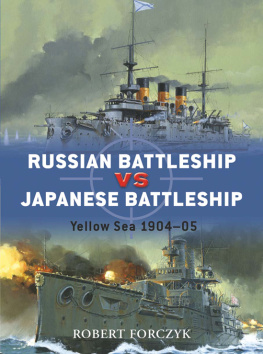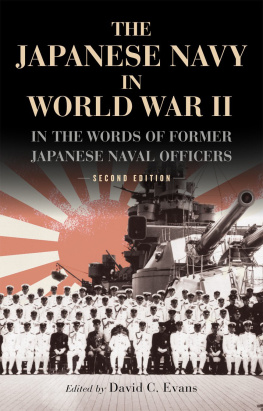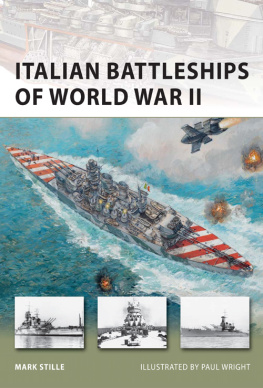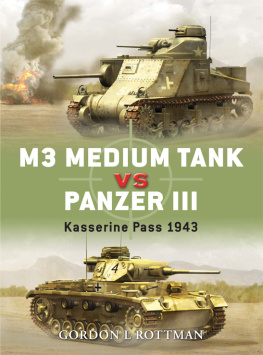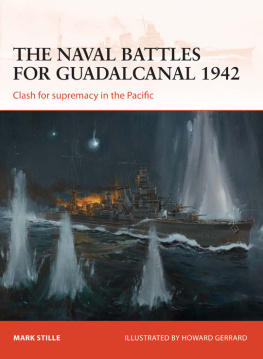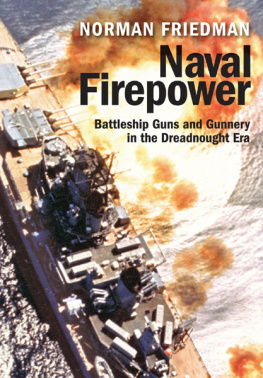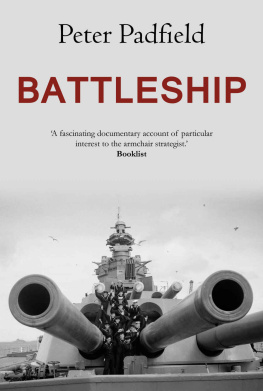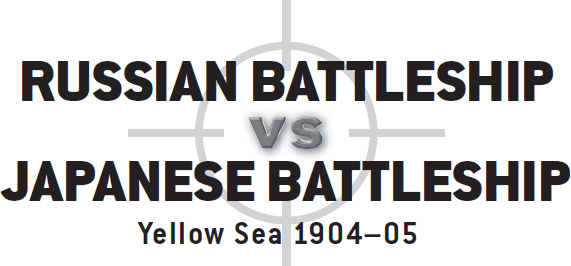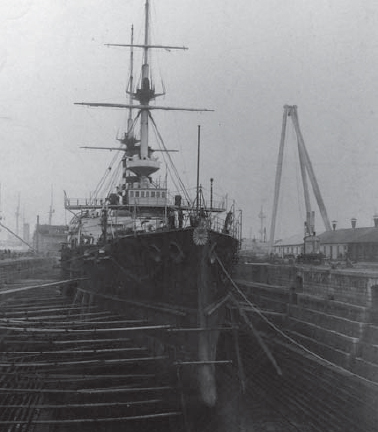ROBERT FORCZYK
CONTENTS
INTRODUCTION
If new warships are considered necessary we must, at any cost, build them At present, Japan must keep calm and sit tight, so as to lull suspicions nurtured against her; during this time the foundation of national power must be consolidated; and we must watch and wait for the opportunity in the Orient that will surely come one day. When this day arrives, Japan will decide her own fate
Count Hayashi Tadasu,
Japanese ambassador to St Petersburg, 1895
When Japan emerged from more than two centuries of self-imposed isolation as a result of the Imperial Meiji Restoration in 1869, its political leaders rapidly set about developing military capabilities that would enable it to fend off foreign threats and pursue an independent foreign policy. The Imperial Japanese Navy (IJN) was established in the same year, with a hodgepodge of minor warships but a zest for modernization and self-improvement. Japans new government turned to Britain the acknowledged naval superpower of the day to assist it in developing a modern navy. Despite the lack of a domestic heavy industrial base or significant amounts of foreign capital, Japan embarked upon an ambitious program to build a modern fleet that would be capable of defeating either the Chinese Navy or foreign squadrons in the region. However, Japan initially lacked the resources to purchase capital ships from the West and when China bought two 12-in gun battleships from Germany in 1885, this forced the Japanese naval leadership to revise their plans. It was not until 1893 that Japan had the financial resources to order its first modern battleships, the Fuji and Yashima, from Britain. Yet these battleships were not available when the Sino-Japanese War erupted in 1894, forcing the IJN to fight Chinas battleships with only its squadron of cruisers. Its victory in the Sino-Japanese War removed China from the balance of naval power in the region and provided combat experience for the new IJN. Furthermore, as part of the Treaty of Shimonoseki that ended the war, Japan acquired the Liaodung Peninsula, including the valuable naval base at Port Arthur.
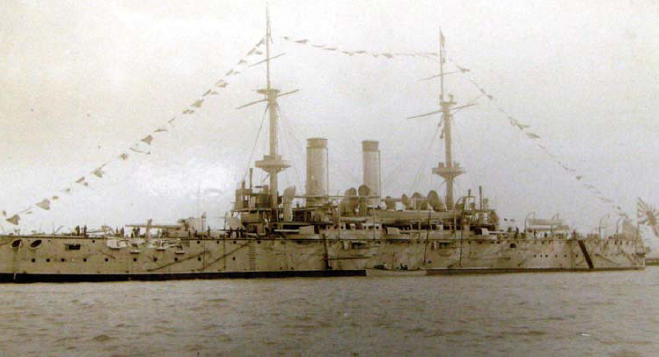
The battleship Fuji was ordered in 1893 and was built in London at the Thames Iron Works between 1894 and 1897. The Fuji was built to a modified Royal Sovereign-class design, with four 12-in guns in turrets instead of four 13.5-in guns in barbettes. Acquisition of battleships would ultimately put Japan on a collision course with the other empire vying for power in north-east Asia Russia. (Naval Historical Center, NH58967)
While Japan was beginning to modernize, Imperial Russia was expanding its sphere of influence out to the Pacific coast by moving into the vacuum created by the crumbling Manchu Empire. Vladivostok was acquired from China in 1860 and upgraded to a naval base in 1871. Initially, Russia had great difficulty exerting influence in the Far East due to the distances involved, but in 1891 construction began on the Trans-Siberian Railroad to link Moscow with Vladivostok. When it was learned that Japan would acquire Port Arthur, Tsar Nicholas II enlisted diplomatic support from France and Germany to block Japans triumph. The so-called Triple Intervention on April 20, 1895 threatened Japan with war with all three European powers unless it abandoned its claim to Port Arthur. To back up his threat, the Tsar ordered the battleship Imperator Nikolai I to steam toward the port of Nagasaki. Lacking battleships, Japan could not risk a naval confrontation with the European powers and was forced to evacuate Port Arthur. Eight months later, Japans leaders had to meekly watch as the Russian Pacific Squadron appeared in Port Arthur and secured a 25-year lease on the port. By 1898, the Russians had reinforced their squadron in Port Arthur with the arrival of the battleships Navarin and Sissoi Veliki.

The battleship Peresvyet at Port Arthur in 1902. These ships mounted the 10-in/45-cal gun and were intended to counter British fast battleships. They were relatively fast but overweight and poorly protected. (Naval Historical Center, NH100965)
This diplomatic humiliation at the hands of Russia created a strong desire in Japan for revenge and a realization that further Japanese expansion in Asia would likely result in war with one or more European powers. Despite limited financial resources, a new ideology known as Gashin Shtan (Persevering through Hardship) led to increased budgets for the IJN. Rear Adm Yamamoto Gombei, from Japans Navy Ministry, drew up a plan for a Six-Six Fleet based upon six battleships and six armored cruisers a fleet powerful enough to defend Japanese interests in the event of war with Russia. Yamamoto managed to get 138.7 million (13.8 million) from Chinese war reparations earmarked for new naval construction. In 1896, Japans legislature approved the Six-Six program as the Ten Year Naval Expansion Program, authorizing the purchase of four more battleships from Britain. Together with the two Fuji-class battleships completed in 1897, Japan expected to have six modern battleships ready before it made its next move in mainland Asia.
In order to consolidate its sphere of influence in the Far East, Russia began assembling a modern battle fleet at Port Arthur, beginning with the battleship Petropavlovsk in May 1900 and soon followed by three more. By the end of 1903, the Port Arthur squadron consisted of three battleships of the Petropavlovsk-class, two of the Peresviet-class, the Retvisan and Tsesarevich, as well as seven cruisers and 25 destroyers. During the same period, the IJN created a fleet based at Sasebo consisting of six battleships, 10 cruisers and 40 destroyers, poised to duel with their Russian opposite numbers for control of the Yellow Sea and the Tsushima Strait. In order for Japan to deploy ground forces into Korea, it would be necessary for its navy to control these bodies of water, and prevent Russian naval interference with Japanese landings. The stage for war was set when Russia refused to honor its promise to withdraw from Manchuria, and Japan severed diplomatic relations on February 6, 1904.
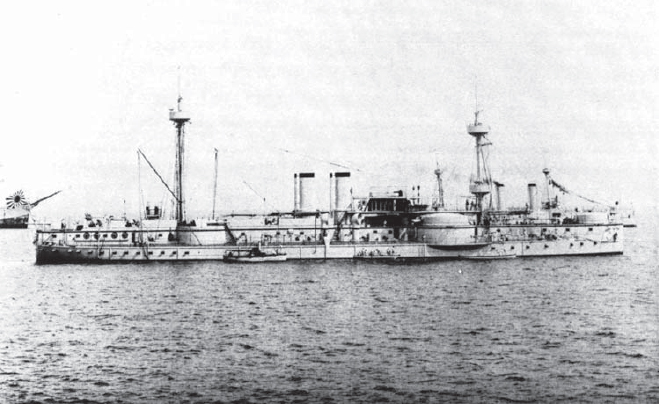
Chinas acquisition of two battleships armed with 12-in guns from Germany in 1885 upset the naval balance in north-east Asia and spurred Japan to purchase battleships from England. When the Sino-Japanese War began in 1894, the Japanese Navy had only cruisers to fight these two formidable Chinese battleships. (Naval Historical Center, NH74378)
The pride of the Japanese fleet had yet to sail. The Mikasa, fitting out in an English dry-dock in 1902. Ordered in 1896 to a modified

